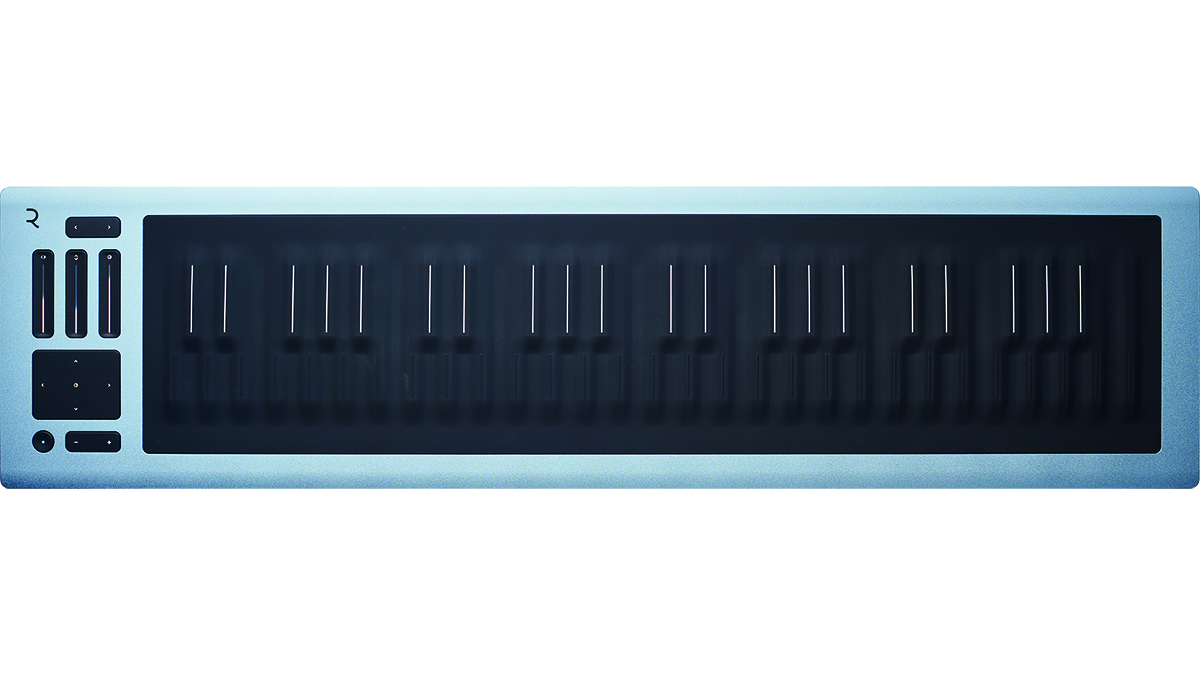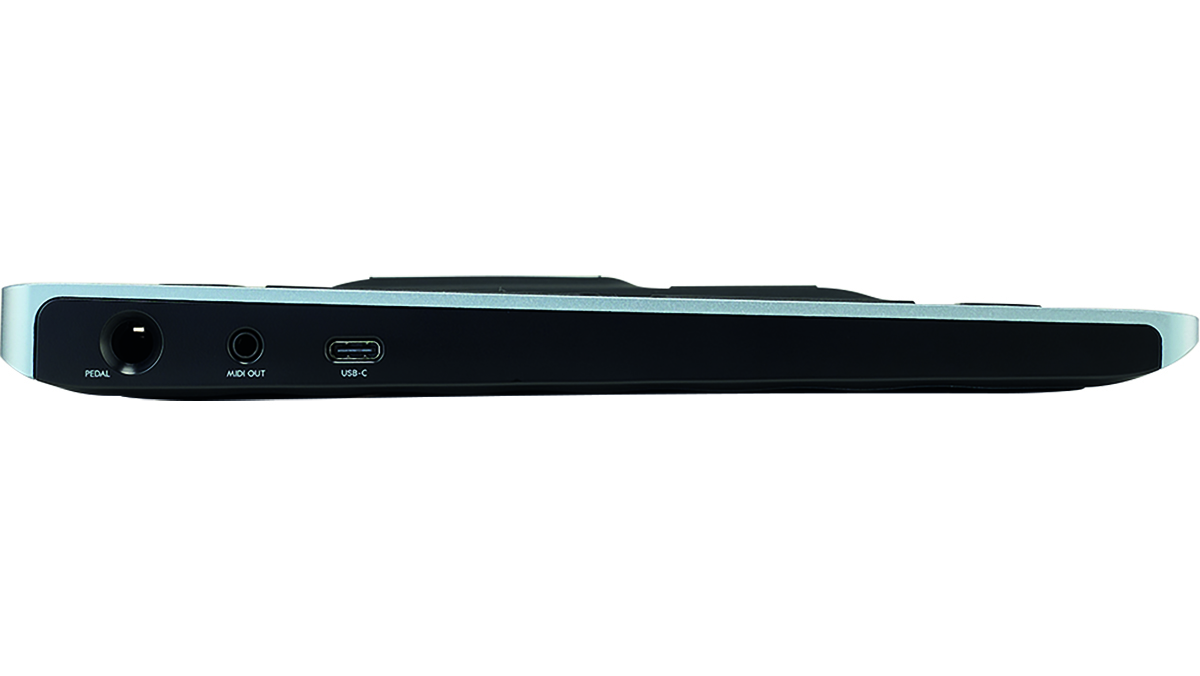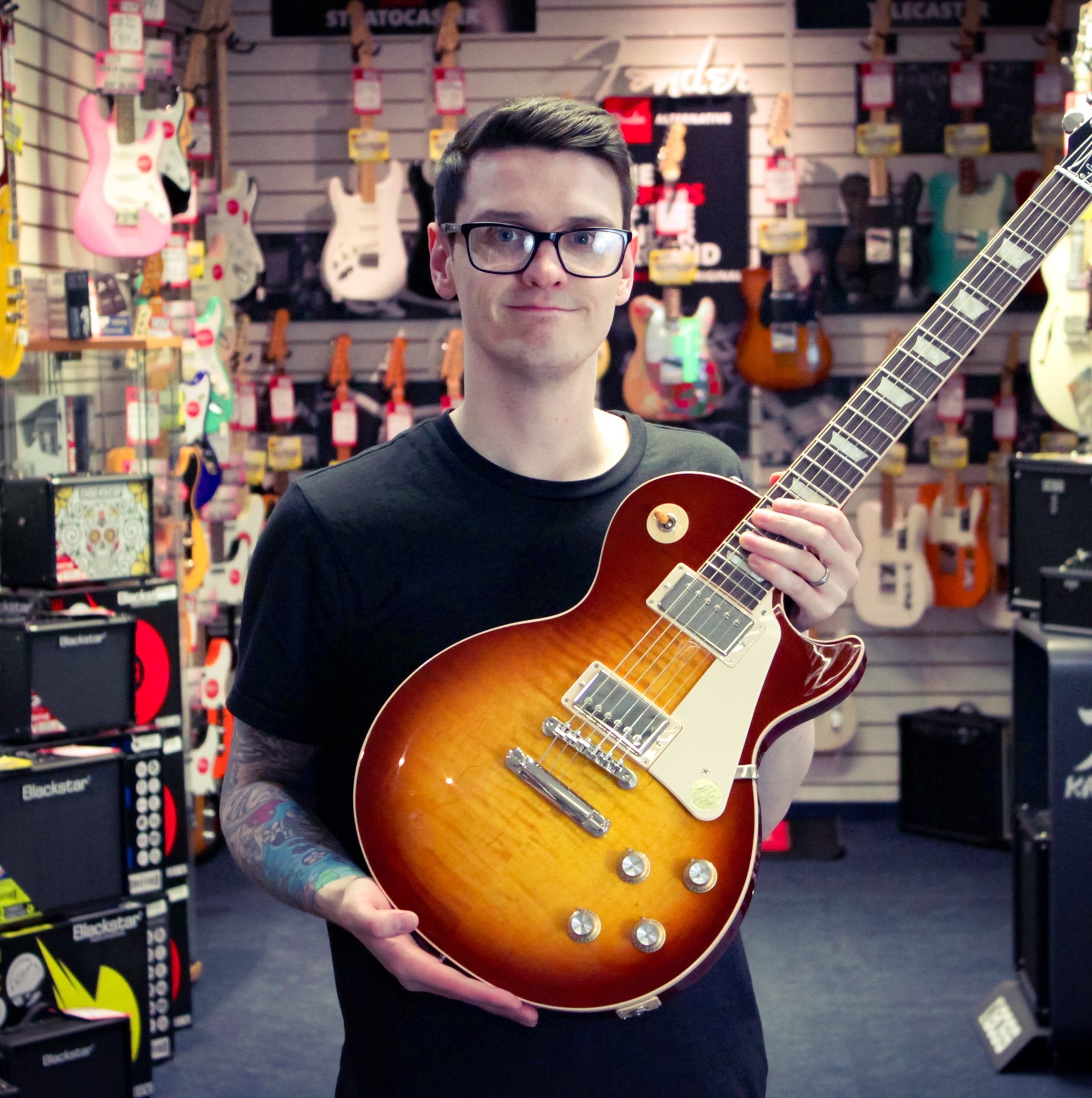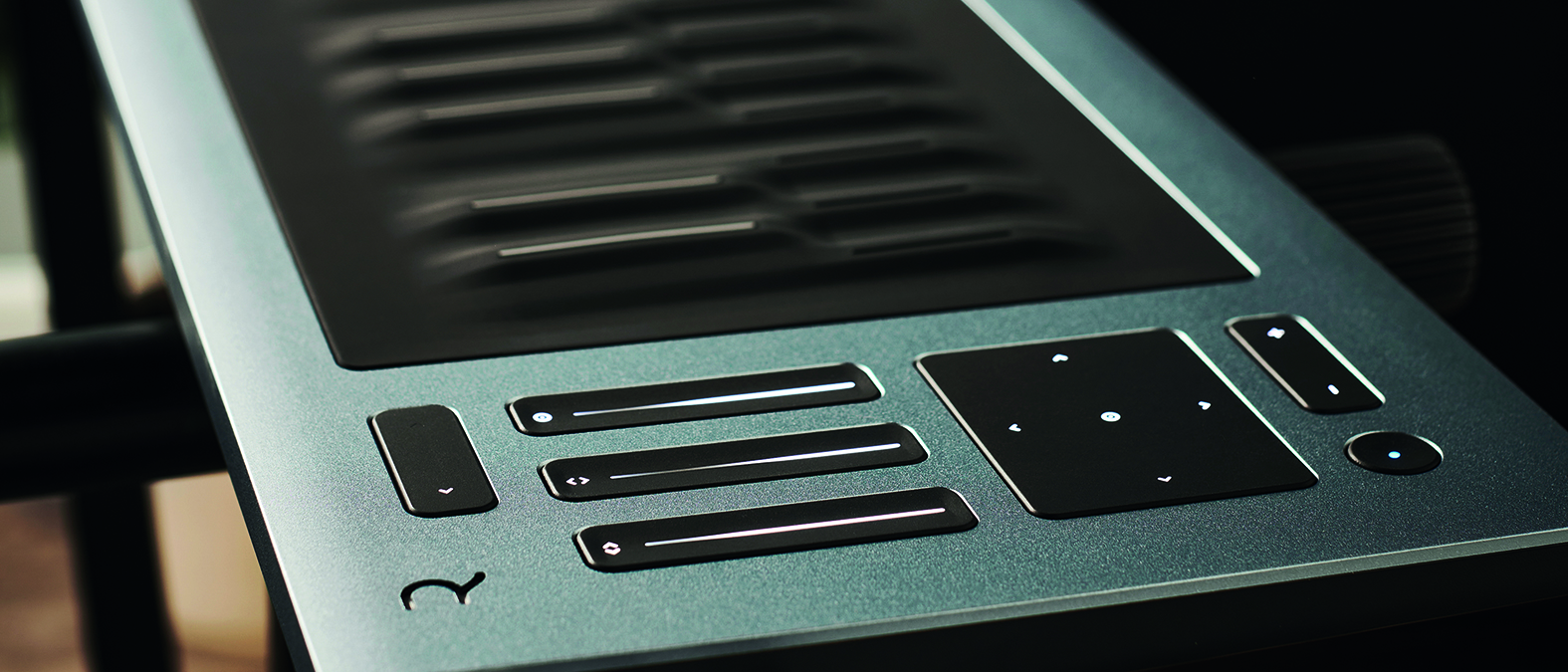MusicRadar Verdict
A welcome upgrade for seasoned Seaboard players, while the playability tweaks may even entice previously reluctant piano players.
Pros
- +
More robust chassis than the previous version.
- +
The new precision frets result in more accurate playing.
- +
Seamless integration with Equator2.
Cons
- -
There’s definitely a learning curve to overcome.
- -
Easy to get lost on the keyboard.
- -
Not all the included sounds in Equator2 benefit from MPE.
MusicRadar's got your back
Roli Seaboard Rise 2: What is it?
Finally, seven years after its launch in 2015 the long-awaited sequel to the Seaboard Rise has arrived, and it includes a few noteworthy changes that make this futuristic production tool a lot more playable to non-Seaboard veterans.
The most significant departure from the original Seaboard is the brand-new silicone playing surface, which Roli calls Keywave2. As well as a slight change in the size and shape of the keys, Rise 2 now includes “precision frets” to make it a lot more playable. The original Seaboard’s vast playing surface easily drifted out of tune, so these fret markers are a welcome addition.
We can happily report that they certainly do the job they were designed to do. The ridges are significant enough to feel them while playing – meaning you can now finally look away from your controller without fear of your pitch wavering – while also being discrete enough to still allow you to glide around the Seaboard with grace.

Roli Seaboard Rise 2: Performance and verdict
The rubber keys take a little getting used to. We found the lack of movement in the key a little jarring at first. When you are so used to the mechanical mechanism of a real keyboard, you miss that tactile feedback when it isn’t present. This is the biggest hurdle many pianists face when trying to adopt the Rise 2 into their workflow – but after a little patience and a slight change in mindset, you should be able to get to grips with the Seaboard’s unorthodox playing surface.
If we were to have one complaint about the keybed, it’s that while the all-blacked-out aesthetic looks great, it is easy to get lost – especially if you are used to the monochrome layout of a traditional keyboard.
Those familiar with the previous version of the Rise will notice that its successor now sports a new up-market design. This contemporary anodised aluminium chassis not only looks stellar but it hints at vast improvements to the overall build quality of the Rise 2. As a result, this unit feels reassuringly weighty and impressively sturdy – not only does it look premium, it feels it.

The new Rise 2 also includes standard MIDI and USB-C ports in order to ensure maximum compatibility with your software and hardware instruments, as well as the Touch Fader controls, integrated battery and Bluetooth MIDI that are found on its predecessor.
As you’d expect, the Seaboard Rise 2 comes with a wealth of extras, including Equator2, Roli Studio and Ableton Live Lite – with Roli’s very own Equator2 being where all the fun is had. This insanely powerful synth perfectly integrates with the Seaboard’s multi-dimensional controls to create otherworldly sounds and textures.
MusicRadar verdict: A welcome upgrade for seasoned Seaboard players, while the playability tweaks may even entice previously reluctant piano players.
Roli Seaboard Rise 2: The web says
"The Rise 2 is the best iteration of the Seaboard yet: a singular instrument that’s fun to play, looks amazing, and sets the bar for expressive MIDI instruments."
MusicTech
Roli Seaboard Rise 2: Hands-on demos
ROLI
Sanjay C
TAETRO
Roli Seaboard Rise 2: Specifications
- KEY FEATURES Keys: 49 | Keybed: Keywave2 with precision frets | Connectivity: 3.5mm TRS MIDI Output, Foot Pedal Input (6.35mm TRS), USB-C, Bluetooth | Bundled software: Equator 2, ROLI Studio, Roli Dashboard and Ableton Live Lite | Power: USB/ Rechargeable Battery | Dimensions: 3.4cm x 21cm x 2.3cm | Weight: 5.5kg.
- CONTACT: Roli

I'm a Senior Deals Writer at MusicRadar, and I'm responsible for writing and maintaining buyer's guides on the site - but that's not all I do. As part of my role, I also scour the internet for the best deals I can find on gear and get hands-on with the products for reviews. My gear reviews have been published in prominent publications, including Total Guitar and Future Music magazine, as well as Guitar World.com. I've also had the privilege of interviewing everyone from Slash to Yungblud, as well as members of Sum 41, Foo Fighters, The Offspring, Fever 333 and many more.
I have a massive passion for anything that makes a sound, particularly guitars, pianos, and recording equipment. In a previous life, I worked in music retail, giving advice on all aspects of music creation and selling everything from digital pianos to electric guitars, entire PA systems, and ukuleles. I'm also a fully qualified sound engineer who holds a first-class Bachelor's degree in Creative Sound Production from the University of Abertay and I have plenty of experience working in various venues around Scotland.
“Excels at unique modulated timbres, atonal drones and microtonal sequences that reinvent themselves each time you dare to touch the synth”: Soma Laboratories Lyra-4 review
“I used everything I knew about music”: How Green Day exceeded expectations with their most ambitious song
YouTube just added AI tools that makes musicians, library music and video editors redundant










